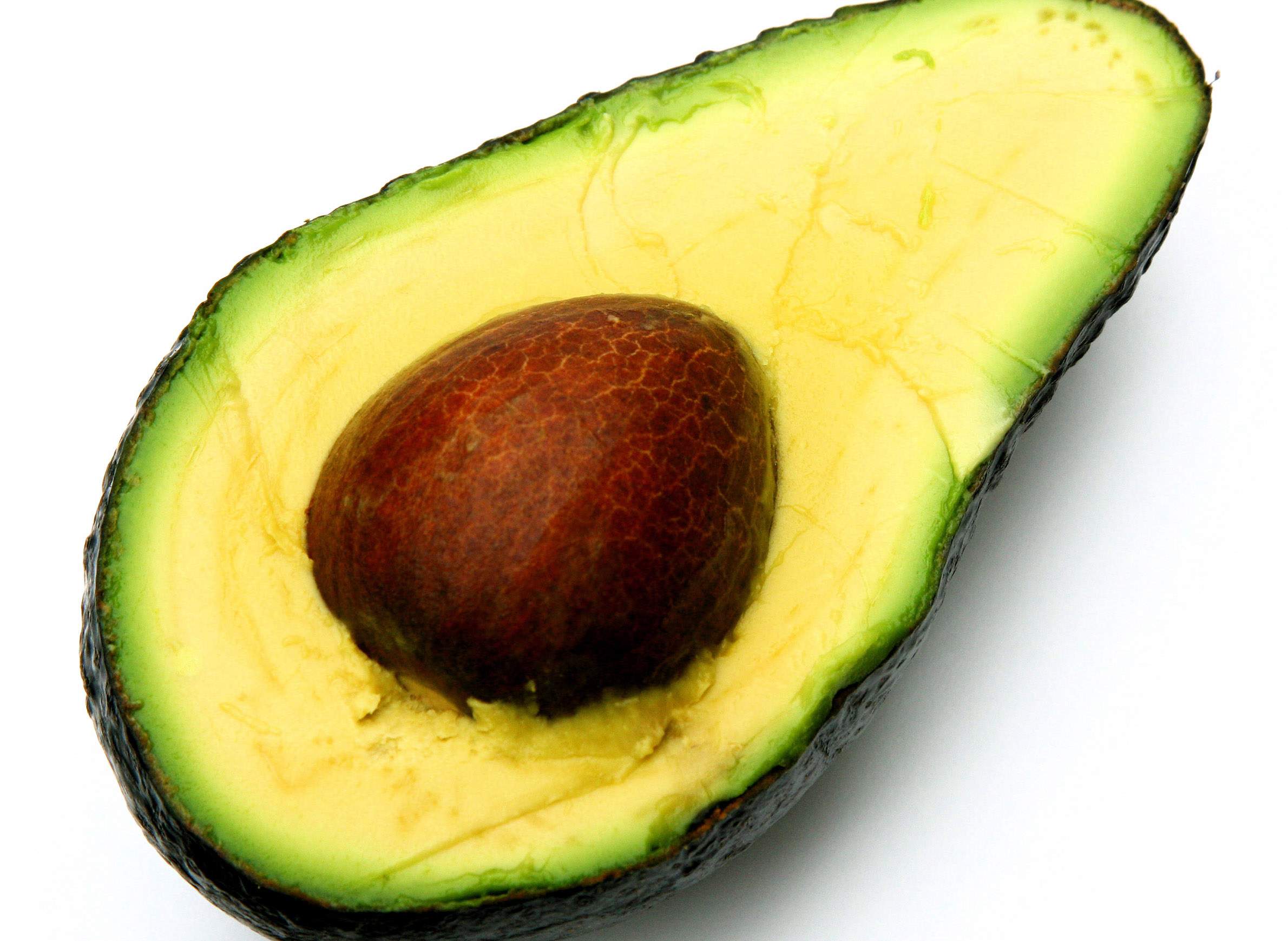
Healthy Fats And Where They Fit In A Balanced Diet

"Eggs are bad for you."
"No, now eggs are good!"
Butter is back?
A quick online search of the nutritional benefits and risks associated with many fatty foods could leave anyone confused about fat. Although humans need to consume a certain amount of fat, not all fats are created equally. It's important to emphasize healthy fats and keep unhealthy fats to a minimum, but that requires knowing the difference and how they fit into a healthy diet.
No matter the diet, carbohydrates, proteins and fats are necessary and important, each in their own way. Each of these three macronutrients — nutrients that people need in large amounts — provide energy to the body, but they also have other functions.
Carbohydrates are the body's main source of energy. Proteins are made up of amino acids to build cell structure and enzymes.
Fats — which often get a bad rap — are needed to store energy in the body, build hormones and more. They're also the body's go-to energy source after carbs. Aside from providing energy, fats also make up fat-soluble vitamins, cholesterol and many of the hormones circulating through our bodies. Some even form the membranes surrounding all of the body's cells.
But what exactly are fats? Also called triglycerides, fats are made up of a backbone with three fatty acids attached. Fatty acids vary in characteristics that determine the role they play in food function and health. Importantly, saturated fatty acids tend to be unhealthy, while unsaturated fatty acids are the healthy fats necessary for certain body functions.
Saturated fatty acids take a linear shape and can pack tightly with other saturated fatty acids, allowing them to build up and form plaques in the body. Saturated fats are solid at room temperature and include animal foods like butter, lard and the fat in meats, as well as certain tropical vegetable oils like coconut oil. "Partially-hydrogenated" vegetable oils listed on food labels are also saturated fats.
Trans fats are human-made and similar to saturated fats. These have been shown to cause heart disease and increase risk factors for related conditions. They've been banned from food production in the United States since May 2018.
Unsaturated fatty acids do not cause the same health risks, because they have a bend, or kink, in their structure, making them more fluid and unable to pack together like saturated fats. Unsaturated fats are liquid at room temperature and take the form of plant oils such as those derived from soybeans, olives, corn or canola. Unsaturated fats are also found in whole foods such as avocados.
There are some unsaturated fats humans must consume as their metabolisms cannot make them. They're called essential fatty acids. These are linoleic acid and linolenic acid, otherwise called omega-6 and omega-3, respectively. Common sources of these unsaturated fatty acids are corn, safflower and soybean oils, as well as flaxseed oil and walnuts. Other types of unsaturated fats include DHA and EPA, which can be found in fish. Many studies have shown the health benefits of consuming fish.
Fats have some very important functions. In fact, people could not live without them. So why are some people so afraid of them?
Older studies showed a correlation between diets high in fat and various chronic diseases. Health recommendations based on those early studies focused mostly on reducing fat intake altogether, but didn't sufficiently consider what types of fats may be contributing to high disease rates. There is now more research on how different kinds of fats affect these diseases, both positively and negatively.
Instead of shaming fat altogether, newer research helps guide recommendations on the types of fat and the amounts that should be consumed. The Dietary Reference Intakes advise that fat consumption falls within 20-35% of total calories, and that saturated fats should always be limited to 10% or less. Overall, Americans consume too much saturated fat and not enough unsaturated fat. The majority of the saturated fat in diets comes from prepared dishes, like pizza, burgers and sandwiches, soups and pasta dishes.
More important than individual nutrients is an overall healthy eating pattern. Certain dietary patterns are associated with having good health, including diets lower in fat and added sugars and high in fruits and vegetables, whole grains and fiber. These patterns include consuming healthy fats such as vegetable oils, avocados, nuts and fish.
In addition to helping with bodily functions, fats are useful in the culinary world. They contribute to mouthfeel and texture, flavors, serve as emulsifiers and help with heat transfer during baking, cooking or frying. Our diets would not have the same variety or be as tasty if all fat were eliminated.
So, instead of focusing on removing fat, it's appropriate to enjoy a bit of butter or eggs, avocado on a salad or a nice piece of fish. Variety and moderation is what counts, even for fats.



